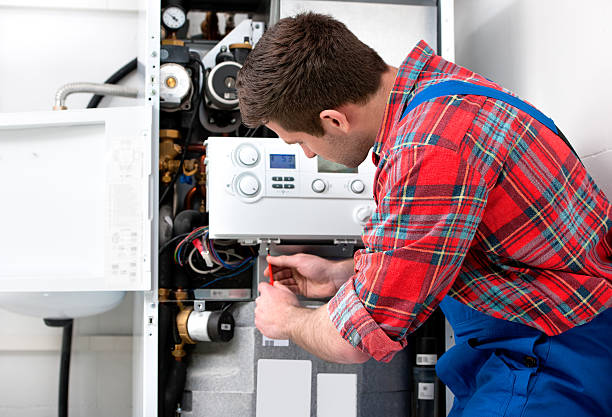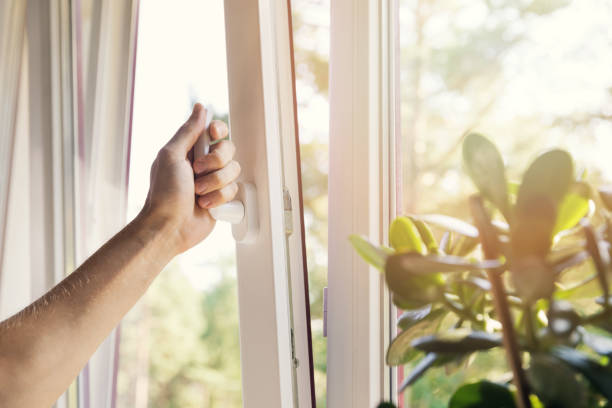Top 8 tips for preparing your home for witner
1) Test your heating
As we transition from summer to winter, you’ll probably be re-acquainting yourself with your heating. Before the weather gets really cold, start to think about whether your radiators need bleeding, check that your boiler is working and dust off the vents/filters for maximum benefit. This will give you some time to make sure everything is still working before the days get too cold!
2) Service your boiler
Check that the pilot light is on and re-light it if necessary. Instructions on how to do this will be in the boiler manual, or on the side of the boiler itself. It may also be worth having your boiler serviced by a Gas Safety registered engineer. This will ultimately give you peace of mind, as leaking carbon monoxide is a risk at any time of the year.
3) Check your windows and doors
Through the summer you may have left windows on the latch for some fresh air. To save on your heating bill, do a quick whip round and make sure they’re shut tight ready for the colder weather. Also check whether there are any gaps in windows and doors so you can seal them and reduce draughts (and heating costs!).

4) Check your guttering
Clear any rubbish/leaves from your gutters to prevent a build-up which could result in icy, heavy gutters collapsing when the cold weather starts.

5) Look after your pipes
As the cold weather sets in, the water in your pipes may freeze causing them to burst. Not only could this cause a lot of expensive damage, but it may mean you have to move out whilst the repairs are undertaken.
• Keep an eye on any cracks or holes that may appear in the outside walls that might let cold air make its way to your pipes. Seal up any gaps before they become a larger issue.
• Keep the heating at a low level (above 4°C) even when you’re away from the property, as this will help maintain a consistent temperature around the pipes.
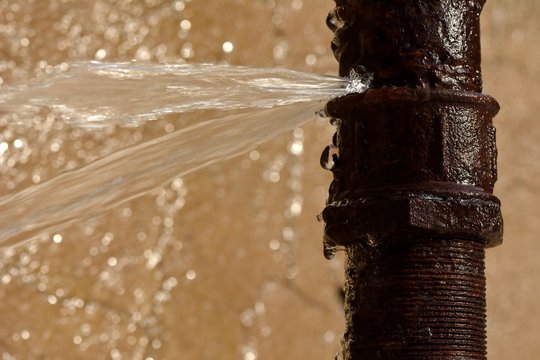
6) Locate your stopcock
Just in case of emergencies (such as burst pipes), knowing where your stopcock is will enable you to turn the cold water system off and limit further damage. The stopcock is usually located under your kitchen sink and normally looks like a tap/lever.
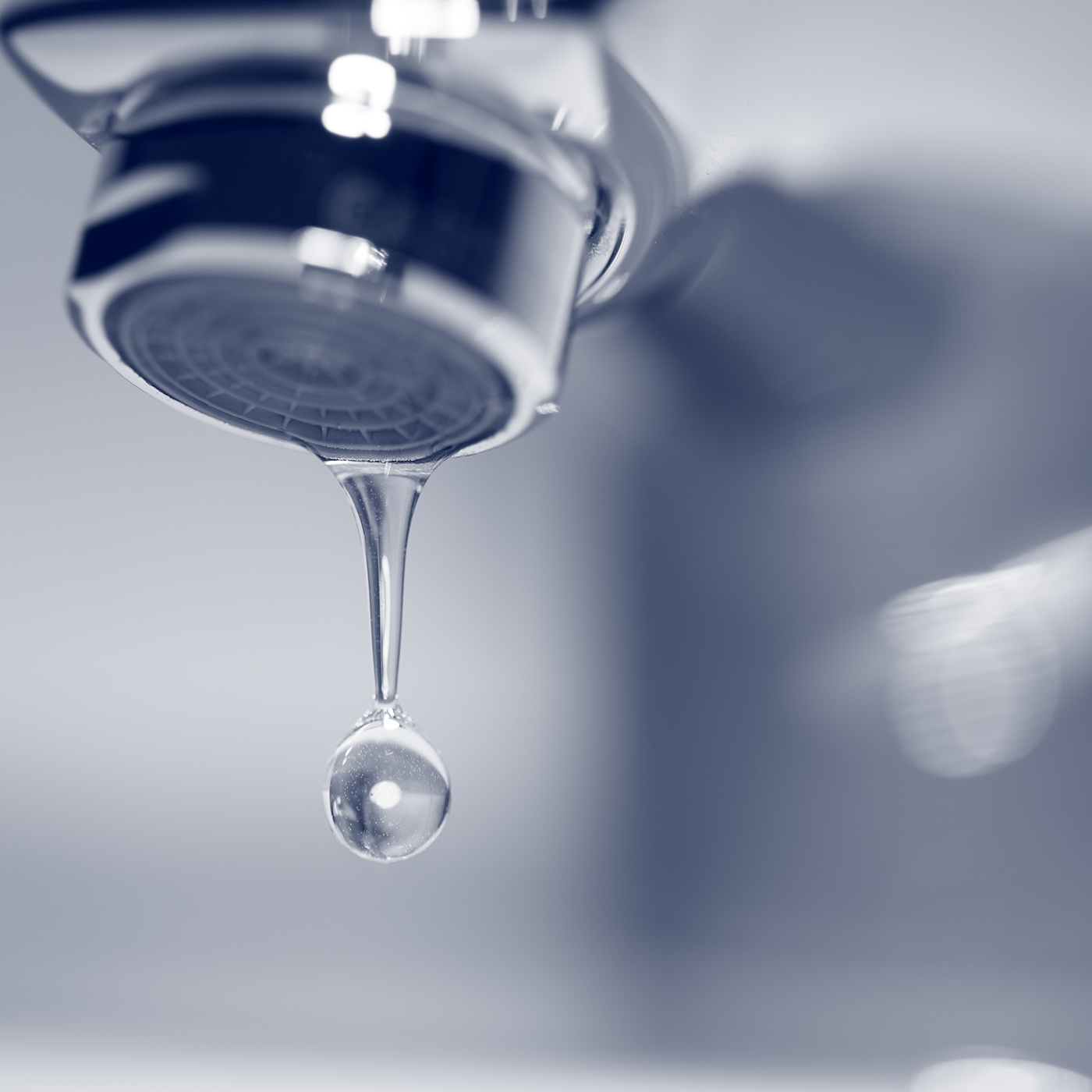
7) Brush up on drying washing indoors
This may sound strange, but drying washing indoors and avoiding condensation could be considered an art!
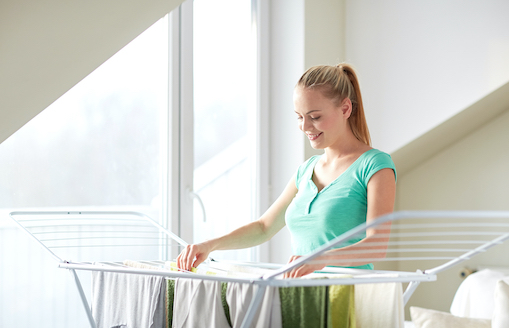
8) Ventilate your property
As well as drying washing properly, there are some other things you can do to prevent damp during the colder months. For example, to prevent warm air and steam entering colder rooms, close the kitchen door whilst cooking, use extractor fans in the bathroom etc.

